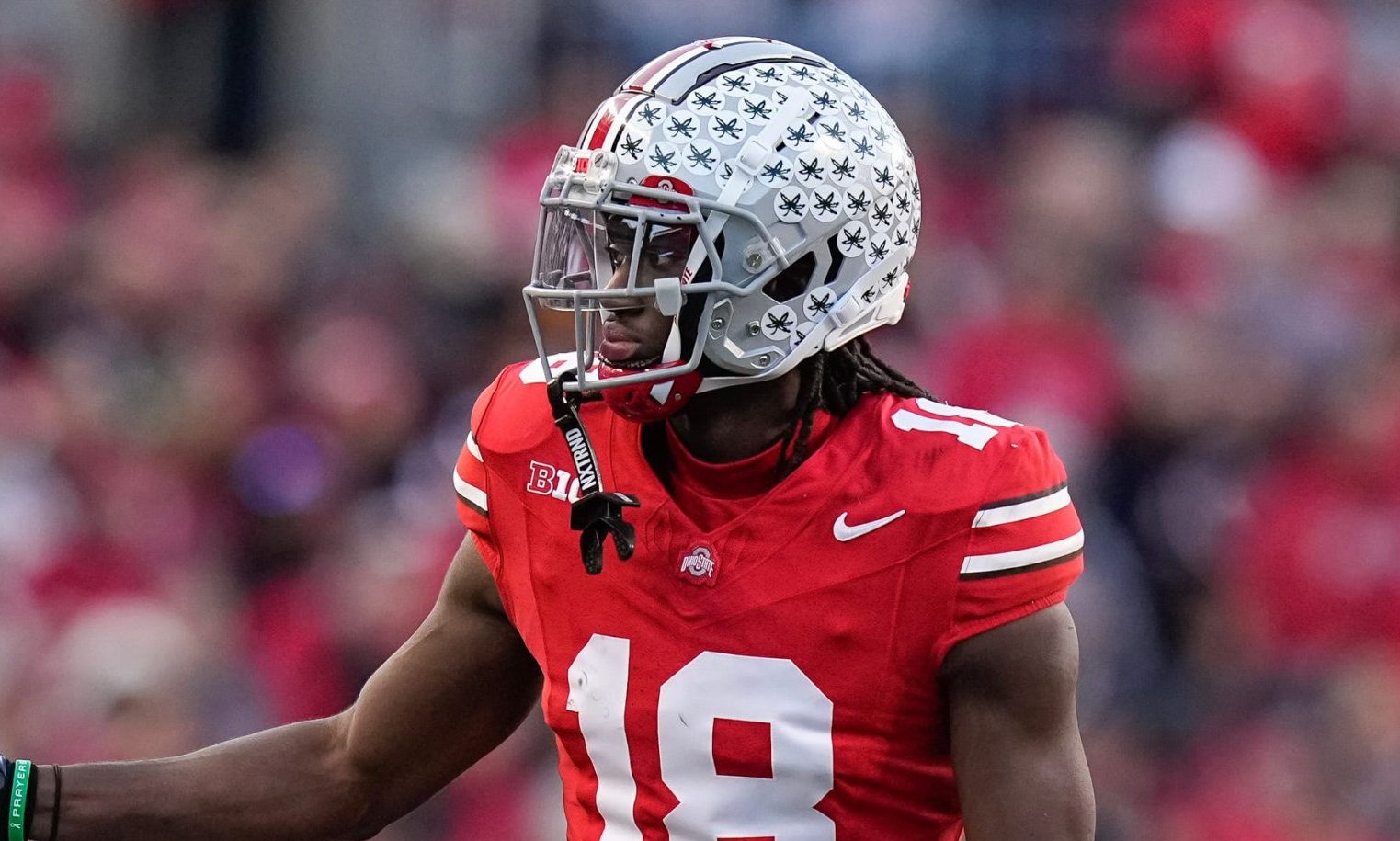[content_block id=134357]
Last year, the dystopian thriller The Purge turned into one of the sleeper hits of 2013. Made on a modest $3 million budget, the film raked in a respectable $64 million at the box office. The film itself had a fairly interesting premise and seemed like it wanted to tackle some pretty heady questions for a schlock-horror movie. What if, in some not-too-far-in-the-future America, all crime — including murder — was sanctioned for a period of 12 hours?
Unfortunately, The Purge ended up merely being a fairly competent home invasion movie that simply removed the nagging question of why no one simply calls the police when they’re being threatened from their porch with knives and guns. What little gems of actual sociopolitical implications that a “purge” would have on society were told from the wrong side of the social and economic divide as the story focused on a well-to-do white family and what they should do with a homeless black man who finds his way into their home seeking shelter from a band of rich, white bloodthirsty young adults. That film was basically “First World Problems” – The Purge addition.
The Purge: Anarchy tries to tackle some of the broader implications that a Purge would have on those with the least amount of means to defend themselves and the movie is much better off for it. Director James DeMonaco goes for a broader scope in the second installment of The Purge franchise and the scope allows the movie to touch on how a night of murder and crime could be so much worse for some than others.
The story follows a couple on the verge of breaking up, a poor single mother and her daughter and a sergeant who to use the Purge night as a means to exact revenge as they try to navigate a dangerous downtown area that is filled with bands of kidnappers, raiders and people who are looking to murder anyone they see.
Moving The Purge to a city-scape does wonders for the film and allows DeMonaco to do some fine world building. This is a universe where the rich literally pay the poor for the opportunity to kill them (with the reward being a sum of money which the deceased can then leave for their family), where kidnappers abduct people off the street to sell them to auction houses where the kidnapped can then be hunted as sport. This is a movie which has no qualms talking about the ways in which being white, black, rich, poor, male or female can dramatically alter one’s very livelihood or chance for survival. It can be a bit too on the nose at times. Michael K. Williams shows up as a Black Panther-like militant who might as well be shouting the film’s thesis into your ear. However, this is a movie with a strong point of view that is admirably unafraid to point to the current state of America’s economy and wealth gap and show its viewers the dramatic stakes of class warfare in the most literal way possible.
If this all sounds too high-minded for an action-thriller, you’re probably right. The Purge: Anarchy does some great things with its concept but there are weaknesses that come with tackling such huge themes. The conflating story-lines of three groups of people leads to characterization that is often two-dimensional and the rather important issues that The Purge: Anarchy wants its audience to think about are often simplified to the point of caricature. If it could be compared to another film, The Purge: Anarchy is taking a movie like Love, Actually and stringing that through a dystopian hell. Dialogue is stiff at points and the actors are about as good as one would expect for a “B” movie. Of course, this is bound to happen when character motivations can be summed up in words like “wants to survive the night” and “wants revenge”.
On top of that, The Purge: Anarchy is much more of an action movie than its predecessor which would be fine if the action were comprehensible. Camera cuts are so quick and the lighting is so dark that it’s hard to follow who is fighting who and where fights are actually taking place. DeMonaco is able to compose some chilling imagery but so much of the movie revolves around gunfire, punches and car chases that it bears mentioning that the action scenes leave much to be desired.
Still, The Purge: Anarchy is a huge step-up from The Purge. Unlike the first film, the sequel is willing to do more with its concept and the amount of ambition and thought that has been placed in The Purge: Anarchy is impressive. It may have some basic structural issues but there is a fearlessness and energy behind the movie that doesn’t stop until the final reel. Go in with little expectations and you’ll be pleasantly surprised with what The Purge: Anarchy has to offer from both an entertainment and an intellectual standpoint.







